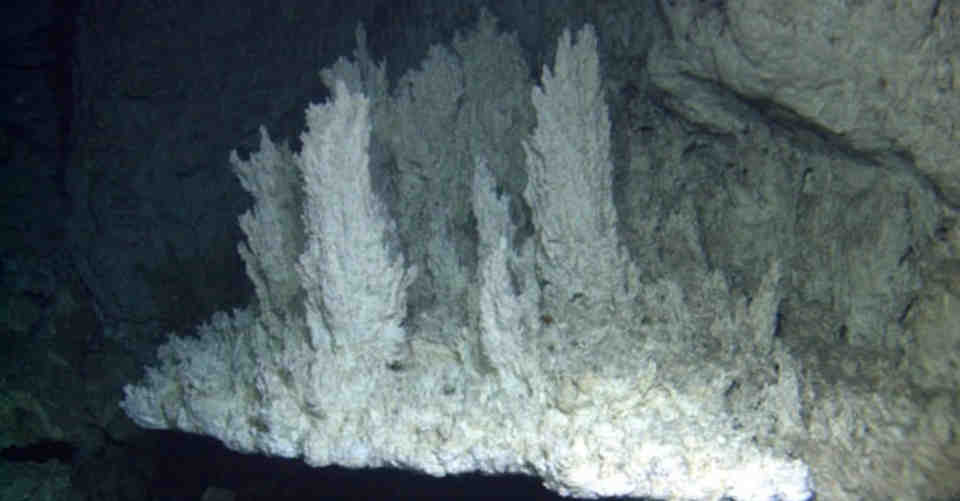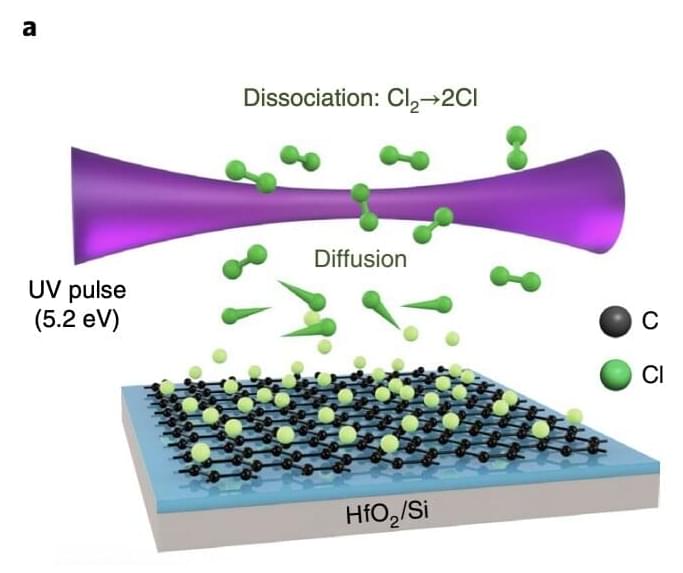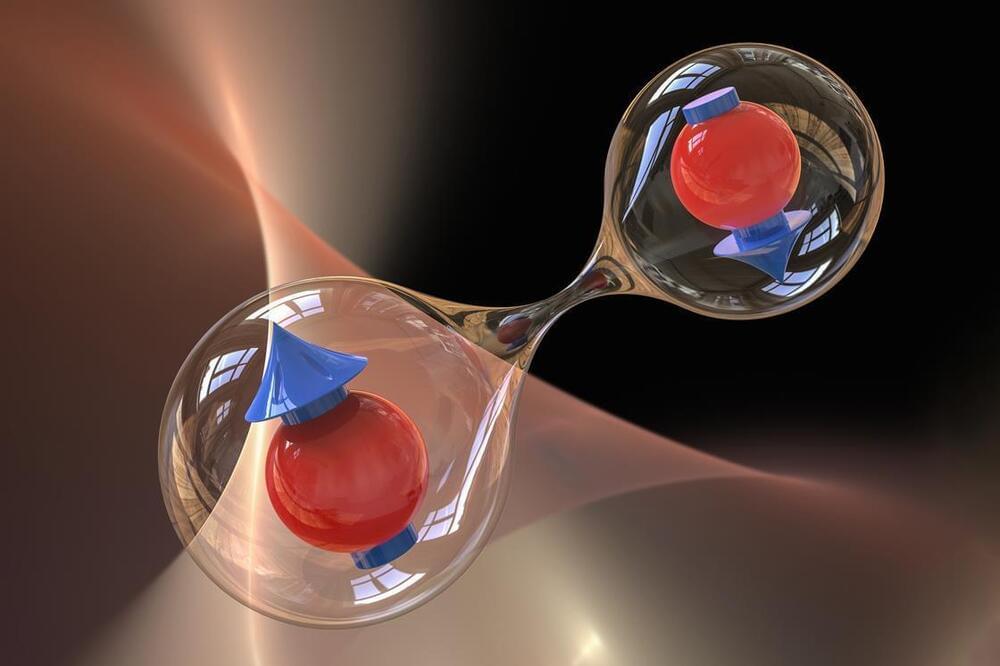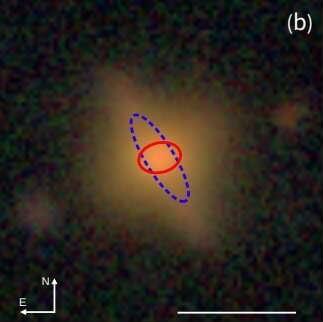For hundreds of years, there was an immutable law of physics that was never challenged: that in any reaction occurring in the Universe, mass was conserved…




AN UNDERWATER city of unique, upward-reaching rocks and chemical reactions has scientists wondering if they’ve found the answer to how life begins.
The Lost City Hydrothermal Field is situated in the depths of the Atlantic Ocean near the Mid-Atlantic Ridge.
The Lost City is affixed on top of an underwater mountain and spreads out over 5,000 square feet.

The Great Pyramid of Cholula is actually an Aztec temple that was constructed over 2000 years ago. The complex is located in Cholula, Mexico.
The structure holds three records as the largest archaeological site of a pyramid and the largest pyramid in the world by volume. According to the Guinness Book of World Records, it is also the largest monument ever constructed anywhere in the world. It surpasses the largest Egyptian pyramid which is the Great Pyramid of Giza.

In recent years, electronics and chemical engineers have devised different chemical doping techniques to control the sign and concentration of charge carriers in different material samples. Chemical doping methods essentially entail introducing impurities into materials or substances to change their electrical properties.
These promising methods have been successfully applied on several materials including van der Waals (vdW) materials. VdW materials are structures characterized by strongly bonded 2D layers, which are bound in the third dimension through weaker dispersion forces.
Researchers at University of California, Berkeley (UC Berkeley), the Kavli Energy Nanosciences Institute, Beijing Institute of Technology, Shenzhen University, Tsinghua University recently introduced a new tunable and reversible approach to chemically dope graphene. Their approach, introduced in a paper published in Nature Electronics, is based on laser-assisted chlorination.


A new theoretical model explains why chiral molecules favour transporting electrons in one spin state over the other, providing a quantitative fit to experiments.1
Many current-carrying materials show no bias towards the spin state of the electrons they transport, allowing spin-up and spin-down species to flow in equal numbers. But chiral molecules can be more discriminating, offering easier passage to one spin orientation than to its counterpart.

Two celebrated volcanoes—one of them very tall, the other very active—frame this large national park. From glowing lava flows and earth-shaking tremors to wind, rain, and waves, the geological and meteorological forces that shaped our planet are fully on display on the Big Island. While volcanism rules the day, pockets of rainforest and grassland shelter rare Hawaiian flora and fauna.
“Double, double toil and trouble; fire burn and caldron bubble.” Shakespeare could just as easily have been describing Hawaiian volcanoes rather than a witch’s brew in Macbeth. No other national park produces so much drama on a regular basis.
Kilauea is one of the world’s most active volcanoes. Its monthslong 2018 event destroyed hundreds of homes, sent massive plumes of ash rocketing into the air, and collapsed nearly 2,000 feet of the crater’s summit. Its most recent and currently ongoing eruption began in September 2021.


Japanese astronomers report the detection of a new polar ring galaxy using the data obtained with the Subaru Telescope as part of the Hyper Suprime-Cam Subaru Strategic Program (HSC-SSP). The discovery was detailed in a paper published August 26 on the arXiv pre-print server.
The so-called polar ring galaxies (PRGs) are systems composed of an S0-like galaxy and a polar ring, which remain separate for billions of years. In general, these outer polar rings, composed of gas and stars, are aligned roughly in a perpendicular orientation with respect to the major axis of the central host galaxy.
However, although more than 400 PRG candidates have been discovered to date, only dozens of them have been confirmed as real polar ring galaxies by follow-up spectroscopic observations.